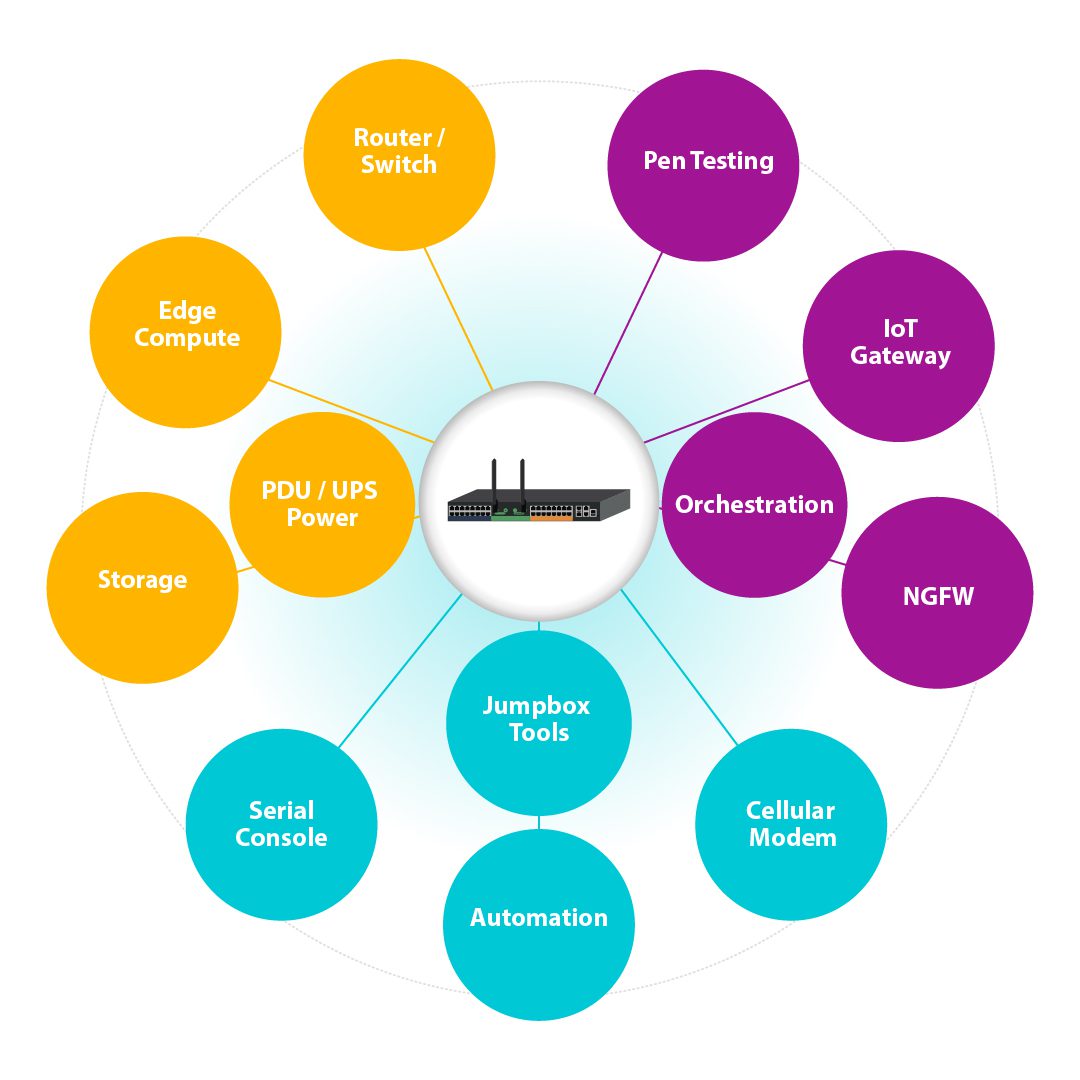MSP remote management is a transformative approach to IT management that empowers businesses to optimize efficiency, enhance security, and achieve greater agility. By leveraging advanced technologies and skilled professionals, MSPs can remotely monitor, manage, and support IT systems, ensuring seamless operations and peace of mind for organizations of all sizes.
Table of Contents
The benefits of MSP remote management extend far beyond mere technical assistance. By outsourcing IT management to experienced MSPs, businesses can free up internal resources, reduce costs, and focus on their core competencies. This strategic approach allows organizations to access a comprehensive suite of IT services, including infrastructure monitoring, cybersecurity solutions, and proactive maintenance, all delivered remotely and tailored to meet specific business needs.
Future Trends in MSP Remote Management

The landscape of MSP remote management is constantly evolving, driven by advancements in technology and changing business needs. Emerging trends, such as automation, artificial intelligence, and cloud-based solutions, are shaping the future of MSP remote management, offering both opportunities and challenges.
Automation, Msp remote management
Automation is playing a crucial role in streamlining MSP remote management processes. By automating repetitive tasks, MSPs can free up valuable time and resources, allowing them to focus on more strategic initiatives.
- Automated Patch Management: Automating patch management ensures that systems are updated with the latest security patches, reducing the risk of vulnerabilities and cyberattacks. For example, a software like Microsoft Endpoint Manager can be used to automate patch management across a client’s network.
- Automated Backup and Recovery: Automated backup and recovery solutions ensure that data is regularly backed up and can be restored quickly in case of a disaster. This helps minimize downtime and data loss. For example, Acronis Cyber Protect Cloud can automate backups and recovery across various systems and environments.
- Automated Security Monitoring: Automated security monitoring tools can detect and respond to security threats in real-time, reducing the risk of breaches. These tools can also analyze security logs and identify suspicious activity, proactively protecting client networks. For example, solutions like SolarWinds Security Event Manager can be used for automated security monitoring.
Artificial Intelligence
Artificial intelligence (AI) is rapidly transforming the MSP remote management landscape. AI-powered tools can analyze data, identify patterns, and predict potential problems, allowing MSPs to proactively address issues before they impact clients.
- Predictive Maintenance: AI can analyze system performance data and predict potential hardware failures, enabling MSPs to schedule maintenance proactively and prevent downtime. For example, AI-powered tools can monitor server performance and identify signs of impending failure, allowing MSPs to replace components before they fail.
- Threat Detection and Response: AI can analyze network traffic and identify suspicious activity, detecting threats that might otherwise go unnoticed. AI-powered security solutions can also automatically respond to threats, mitigating the impact of attacks. For example, AI-powered security information and event management (SIEM) tools can analyze security logs and detect anomalies, alerting MSPs to potential threats.
- Personalized Support: AI-powered chatbots can provide 24/7 support to clients, answering basic questions and resolving common issues. This frees up MSP staff to focus on more complex tasks. For example, a chatbot can provide initial support for password resets, software installation, or troubleshooting basic network connectivity issues.
Cloud-Based Solutions
Cloud-based solutions are becoming increasingly popular for MSP remote management, offering a number of advantages, including scalability, flexibility, and cost-effectiveness.
- Centralized Management: Cloud-based solutions provide a single platform for managing multiple client environments, simplifying operations and reducing complexity. For example, MSPs can use a cloud-based remote monitoring and management (RMM) tool to monitor and manage all their client systems from a central location.
- Scalability and Flexibility: Cloud-based solutions can easily scale up or down to meet changing business needs, providing flexibility and agility. For example, MSPs can add or remove clients as needed, without the need for significant infrastructure investments.
- Cost-Effectiveness: Cloud-based solutions can be more cost-effective than traditional on-premises solutions, as they eliminate the need for expensive hardware and software. For example, MSPs can subscribe to a cloud-based RMM solution, paying only for the services they use.
Closing Notes: Msp Remote Management

In conclusion, MSP remote management has emerged as a game-changer in the modern business landscape, offering a potent combination of efficiency, security, and cost-effectiveness. By embracing this innovative approach, businesses can unlock their full potential, streamline operations, and navigate the complexities of the digital world with confidence. The future of IT management is undeniably remote, and MSPs are leading the charge, empowering businesses to achieve their goals and thrive in the ever-evolving digital age.
MSP remote management is essential for providing efficient and proactive IT support to clients. A key tool in this process is an rmm system , which automates tasks like software updates, patch management, and security monitoring. By leveraging an rmm system, MSPs can streamline their operations, improve client satisfaction, and ensure the security of their clients’ networks.
